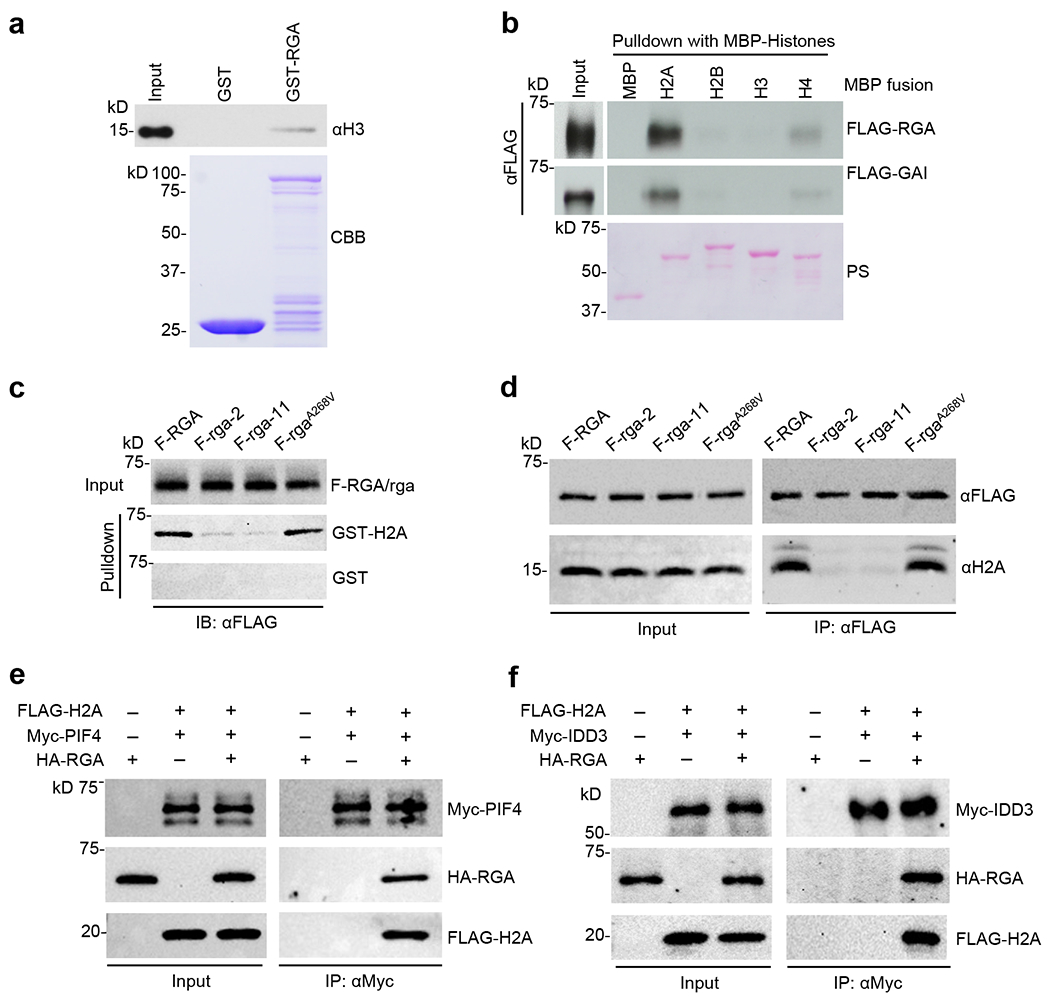Figure 7. rga-2 and rga-11 reduced RGA binding to histone H2A.

a, GST-RGA pulled down calf thymus histones. GST and GST-RGA bound to glutathione beads were mixed separately with calf thymus nucleosomes. Immunoblot containing the input (0.01 μg calf thymus histones) and pulldown samples was probed with an anti-H3 antibody. Coomassie Brilliant Blue (CBB)-stained gel shows the amounts of GST and GST-RGA used in the pulldown assay. b, MBP-H2A pulled down FLAG-RGA and FLAG-GAI from extracts of N. benthamiana expressing FLAG-RGA and FLAG-GAI. Recombinant MBP and MBP-H2A, -H2B, -H3 and -H4 bound to amylose resin were used separately in the pulldown assay. Ponceau staining showed MBP and MBP fusion proteins. c, GST-H2A pulled down FLAG-RGA more efficiently than FLAG-(rga-2) and FLAG-(rga-11) proteins from Arabidopsis extracts, but rgaA268V mutation did not affect H2A binding. GST and GST-H2A bound to glutathione beads were used separately to pull down FLAG-RGA/rga from protein extracts of transgenic Arabidopsis (in ga1 dP background) carrying PRGA:FLAG-RGA/rga as labeled. Immunoblots containing input Arabidopsis extracts and pulldown samples were detected with an anti-FLAG antibody. Ponceau S-stained blots indicated that similar amounts of the GST/GST-H2A proteins were used in each set of the pulldown assays (Supplementary Fig. 4a). d, Co-IP assay showing the endogenous H2A was co-IP’ed by FLAG-RGA and FLAG- rgaA268V, but not by FLAG-(rga-2) or FLAG-(rga-11). FLAG-RGA/rga from protein extracts of transgenic Arabidopsis (in ga1 dP background) carrying PRGA:FLAG-RGA/rga were IP’ed using an anti-FLAG antibody. Immunoblots containing input Arabidopsis extracts and IP’ed samples were detected with anti-FLAG and anti-H2A antibodies, separately. e, Detection of PIF4-RGA-H2A complex by co-IP. Myc-PIF4, HA-RGA and FLAG-H2A were transiently expressed alone or co-expressed in N. benthamiana as indicated. f, Detection of IDD3-RGA-H2A complex by co-IP. Myc-IDD3, HA-RGA and FLAG-H2A were transiently expressed alone or co-expressed in N. benthamiana as indicated. In e and f, Myc-PIF4 and Myc-IDD3 were IP’ed from protein extracts using anti-Myc agarose, respectively. Protein blots were probed with anti-Myc, anti-HA and anti-FLAG antibodies separately. Representative images of two (a, b, f) or three (c-e) biological repeats are shown, and source data are provided in Source Data Fig. 7.
